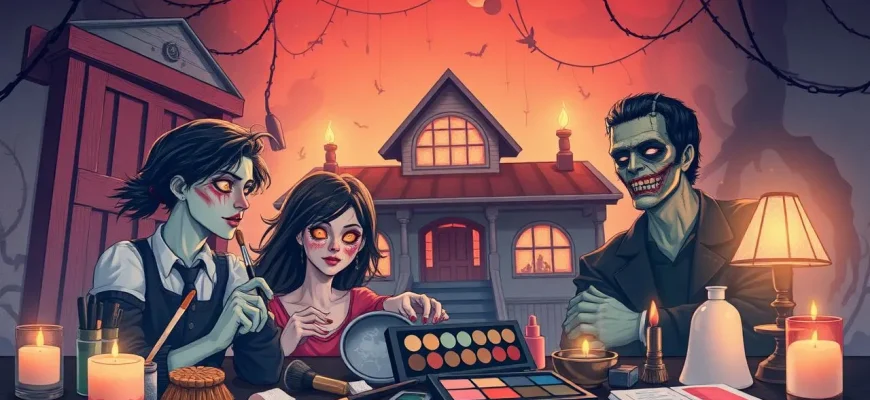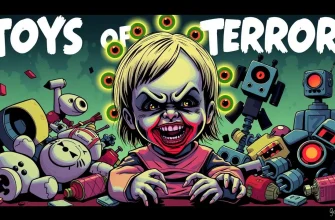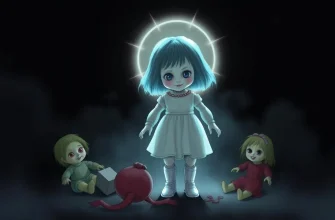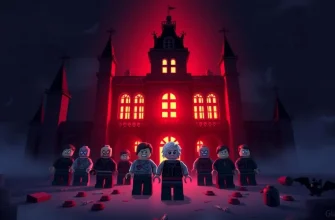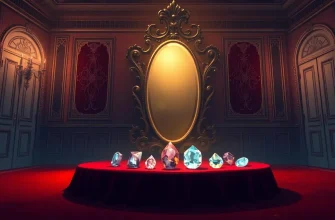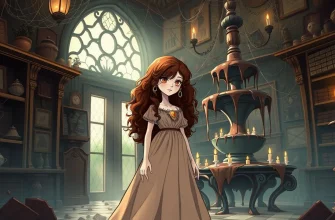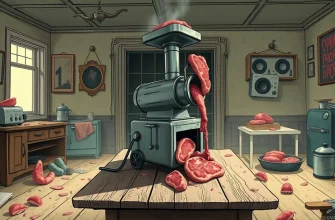Delving into the macabre art of makeup, this curated list of horror films showcases the transformative power of cosmetics in creating fear and suspense. From classic tales to modern masterpieces, these films highlight the skill of makeup artists in bringing to life the most grotesque and haunting characters, offering a unique perspective on the horror genre that celebrates the artistry behind the scares.
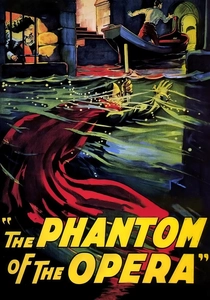
The Phantom of the Opera (1925)
Description: Lon Chaney's self-applied makeup for the Phantom is one of the earliest examples of makeup used to create horror in cinema.
Fact: Chaney kept his makeup techniques a secret, and it was only after his death that his methods were revealed.
 Watch Now
Watch Now
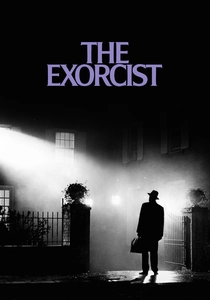
The Exorcist (1973)
Description: This iconic film features one of the most memorable makeup transformations in cinema history, with Regan's demonic possession being brought to life through intricate makeup work.
Fact: The makeup artist, Dick Smith, used a combination of prosthetics and makeup to create the demonically possessed look of Regan. The film's makeup effects were so realistic that they caused audience members to faint or leave the theater.
 Watch Now
Watch Now
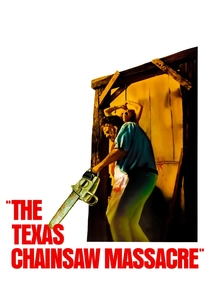
The Texas Chain Saw Massacre (1974)
Description: While not known for its makeup effects, the film's portrayal of Leatherface, with his grotesque mask made from human skin, is a chilling example of makeup in horror.
Fact: The mask worn by Leatherface was actually made from a real human face mold, which was purchased from a medical supply company.
 Watch Now
Watch Now
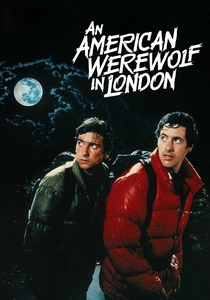
An American Werewolf in London (1981)
Description: Renowned for its groundbreaking werewolf transformation scene, this film showcases the art of makeup in creating a seamless transition from human to beast.
Fact: Rick Baker won the first-ever Academy Award for Best Makeup for his work on this film. The transformation scene took over a month to shoot and required over 100 separate makeup appliances.
 Watch Now
Watch Now
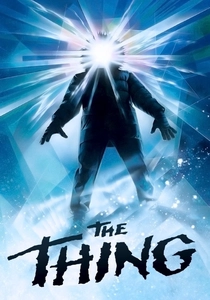
The Thing (1982)
Description: Featuring some of the most grotesque and innovative creature effects, this film's makeup work by Rob Bottin is legendary.
Fact: Bottin worked nearly non-stop for a year, creating the film's alien creatures, and his health suffered as a result.
 Watch Now
Watch Now
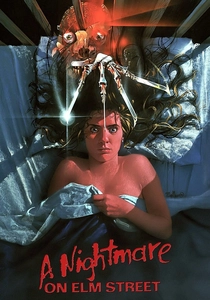
A Nightmare on Elm Street (1984)
Description: Freddy Krueger's burned face and iconic glove are central to the film's horror, showcasing makeup's role in creating a lasting villain.
Fact: The makeup for Freddy's face took about three hours to apply, and Robert Englund had to wear a prosthetic piece that covered his entire face.
 Watch Now
Watch Now
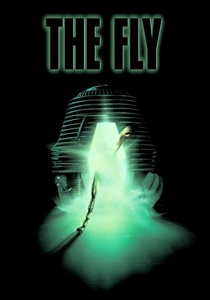
The Fly (1986)
Description: This film's depiction of Seth Brundle's metamorphosis into a human-fly hybrid is a masterclass in practical effects and makeup artistry.
Fact: Chris Walas, the makeup artist, won an Academy Award for his work, which included creating over 50 different stages of Brundle's transformation.
 Watch Now
Watch Now
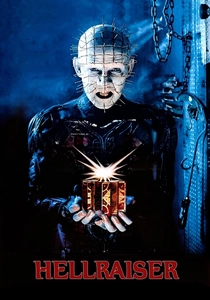
Hellraiser (1987)
Description: The Cenobites' otherworldly appearance, particularly Pinhead, is a testament to the power of makeup in creating unforgettable horror icons.
Fact: The makeup for Pinhead took four hours to apply each day, and actor Doug Bradley had to endure the discomfort of having pins inserted into his head.
 Watch Now
Watch Now
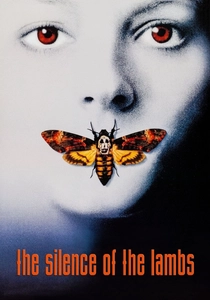
The Silence of the Lambs (1991)
Description: While not primarily known for makeup, the film includes the chilling transformation of Buffalo Bill, with his skin suit being a key element.
Fact: The film's makeup artist, Carl Fullerton, had to create a realistic-looking human skin suit, which was both disturbing and integral to the film's narrative.
 Watch Now
Watch Now
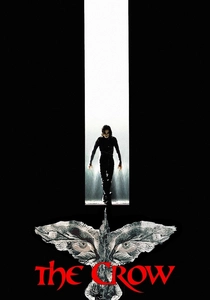
The Crow (1994)
Description: The film's use of makeup to depict Eric Draven's transformation from the living to the undead is both poignant and eerie.
Fact: The makeup for Brandon Lee's character was designed to reflect his inner turmoil and the supernatural elements of the story, with special attention to the iconic white face paint.
 Watch Now
Watch Now

